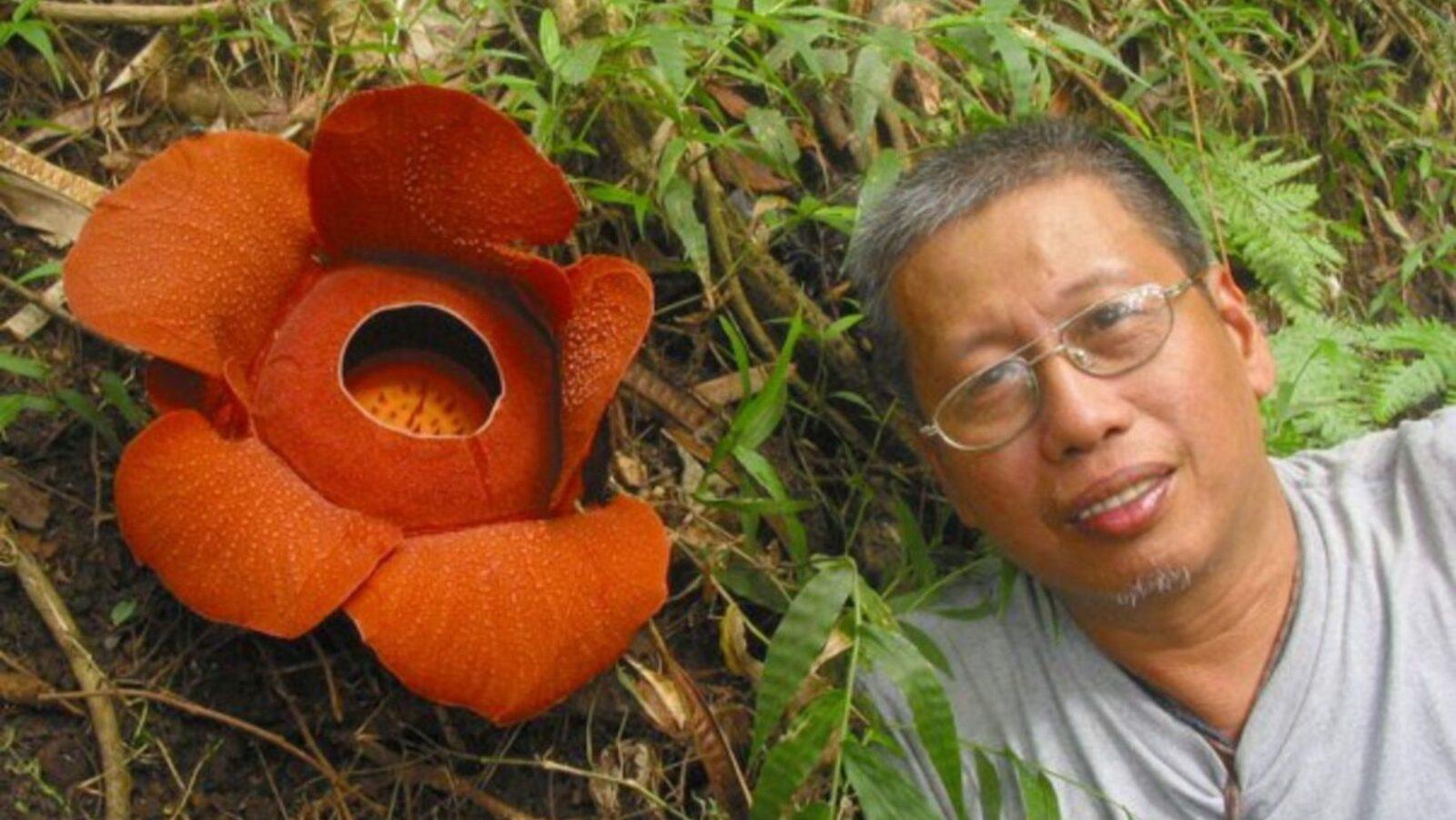• According to researchers from Tel Aviv University, the evening primrose (Oenothera drummondii) can “hear” nearby bees.
• Its flowers serve as its “ears”–and when the bees come a-buzzing, the primrose makes its nectar 20% sweeter.
• The study did not undergo rigorous peer review; however, it’s still a step in an interesting direction for plant research.
Are you the type of person who talks or sings to flowers and plants while watering them? If so, you may have actually been an excellent gardener all along. (That, or you might want to try gently buzzing like a bee next time.)
What’s the buzz?
Researchers from Tel Aviv University recently published some interesting findings about the evening primrose (Oenothera drummondii).
When evolutionary theoretician Lilach Hadany realized that sound was practically a free and plentiful natural resource, she wondered why plants wouldn’t make the most it. That, in turn, led her to wonder: What if they actually did?
Hadany and her team decided to see if plants could really sense sounds in their environment and use that to their advantage. Wanting to examine the potential impact of such an ability on plant reproduction, they chose to study flowers. Since the evening primrose is abundant in Tel Aviv, produces set amounts of nectar, and registers a long bloom time, it was an excellent subject for the study.
They exposed the primroses to five sound treatments (silence, recorded sounds of a honeybee at a distance of four inches, and low-, intermediate-, and high-frequency computer-generated sounds). They found that the plants subjected to the bee recordings (0.2 to 0.5 kilohertz) and low-frequency sounds (0.05 to 1 kilohertz) increased their sugar concentration–the sweetness of their nectar, basically–by 20 percent. The researchers explained that since sweeter nectar is more attractive to bees, the chances of successful cross-pollination also increase.

Flower power
According to their research, the plant could pick up the vibrations emanating from bees’ wings, using its actual flowers as “ears.” Additionally, the plants supposedly demonstrated the ability to filter out other sounds, like wind.
Hadany and her team noted that the evening primrose’s flower resembles a satellite dish. In other words, its bowl-like shape is well-suited for enhancing the vibrations it picks up. They verified this through tests using a laser vibrometer, a machine that can measure the tiniest movements.
“We were quite surprised when we found out that it actually worked,” said Hadany. “But after repeating it in other situations, in different seasons, and with plants grown both indoors and outdoors, we feel very confident in the result.”
It’s worth mentioning that papers on the bioRxiv platform do not undergo the typical extensive peer review process that other publications follow. The study did undergo basic screening, at least.
Furthermore, the findings “document for the first time that plants can rapidly respond to pollinator sounds in an ecologically relevant way.”
According to Hadany, this study has opened up a new potential field of research, which they call “phytoacoustics.”
“[Flowers and plants] are living entities, and they, too, need to survive in the world,” Hadany explained. “It’s important for them to be able to sense their environment—especially if they cannot go anywhere.”
Cover photo: Healthline, Pexels
References
- https://www.biorxiv.org/content/early/2018/12/28/507319
- https://www.nationalgeographic.com/science/2019/01/flowers-can-hear-bees-and-make-their-nectar-sweeter/
- https://www.sciencealert.com/flowers-may-not-have-ears-but-they-can-still-technically-hear-say-scientists
- https://www.timesofisrael.com/israeli-scientists-say-they-found-flower-that-can-hear-approaching-bees/
Author: Mikael Angelo Francisco
Bitten by the science writing bug, Mikael has years of writing and editorial experience under his belt. As the editor-in-chief of FlipScience, Mikael has sworn to help make science more fun and interesting for geeky readers and casual audiences alike.







